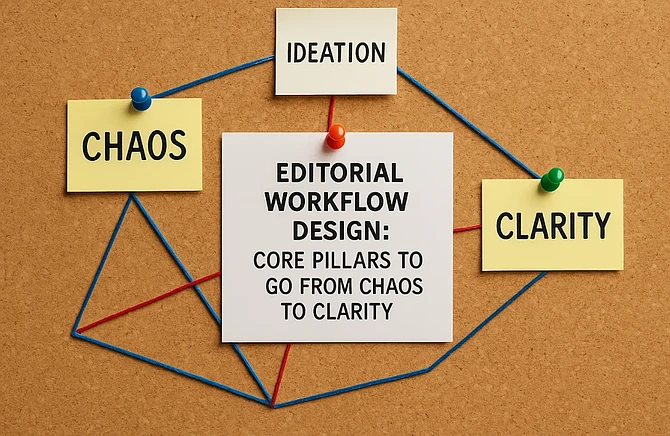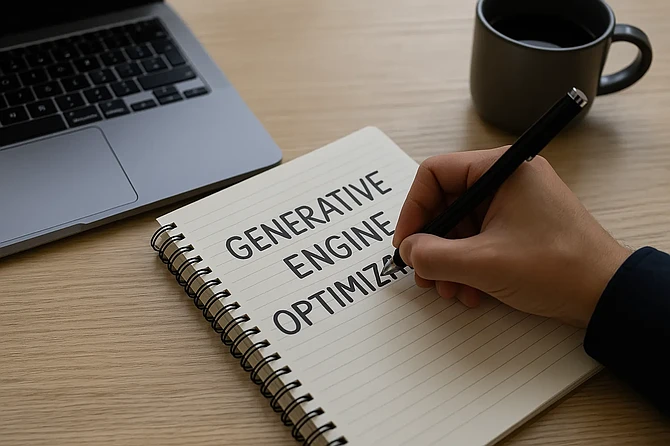AI Perspectives for Publishers

With over 7.5 million articles published daily, editors face an avalanche of content. As AI-driven tools for research, monitoring, and curation evolve, publishers can shift from chasing stories to letting stories “find them”—reducing manual workload while increasing precision.

By 2029, agentic AI systems will manage most repetitive editorial tasks, from scheduling to metadata enrichment. For publishers, this means freeing teams to focus on creativity and strategy while AI agents handle contextual, iterative decision-making across the newsroom.

As generative AI floods feeds with synthetic narratives, the challenge for publishers is no longer just creating content—it’s verifying it. A BBC investigation in 2025 revealed that over 50% of AI-generated news carried factual distortions, underscoring the urgent need for AI-assisted fact-checking solutions.

By 2027, global revenue from paywalled content will surpass $20 billion—but many publishers risk losing out due to clunky integrations. AI-driven paywall solutions can optimize pricing, personalize access, and analyze reader behavior—turning your CMS into a monetization engine.

Today’s editorial teams don’t just need speed—they need adaptability, clarity, and intelligent support. By embedding AI into workflow design, publishers can streamline ideation, editing, and distribution, making decision-making faster and more data-driven without sacrificing editorial integrity.

Traditional SEO strategies are losing ground as AI-driven platforms reshape how audiences discover information. Generative Engine Optimization (GEO) helps publishers ensure their content becomes the authoritative source that AI systems cite—positioning brands at the center of tomorrow’s search ecosystem.

AI is transforming how search engines rank and surface stories. Publishers using AI-driven SEO tools can adapt to evolving algorithms, optimize faster, and secure visibility—turning AI into a critical ally for audience growth and content reach.

Subscription fatigue is real, but AI offers publishers tools to predict churn, personalize offers, and uncover new revenue streams. With predictive models and smart recommendations, AI is shaping a more sustainable path for subscription growth.

Far from outdated, newsletters are thriving—especially with AI in the mix. From tailoring content to optimizing delivery times, AI makes newsletters smarter, turning them into powerful engines for retention, trust, and recurring reader revenue.

AI helps publishers balance scale and intimacy. By analyzing reader behavior in real time, AI tools enable hyper-personalized growth strategies that expand audiences without losing trust—delivering smarter engagement and higher revenue across platforms.

Data alone isn’t enough—AI transforms it into action. Publishers using AI analytics gain clarity on what drives clicks, loyalty, and conversions, making editorial choices smarter. With AI, data becomes a compass guiding content toward growth.

AI-powered SEO, predictive social tools, and smart personalization give publishers an edge in crowded markets. By embedding AI in every touchpoint, media brands can attract new readers, retain loyal ones, and supercharge long-term audience growth.